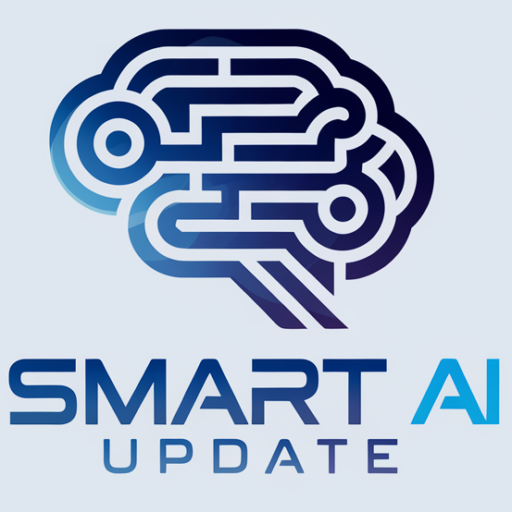Microsoft has positioned itself as a global leader in artificial intelligence (AI), investing billions into AI technologies and tools like OpenAI’s ChatGPT and its proprietary AI-powered Copilot assistant. However, despite the company’s ambitious AI strategy, internal skepticism among Microsoft employees has raised questions about whether these massive investments are living up to their promise.
With AI being touted as the cornerstone of Microsoft’s future, the internal debates shed light on the challenges of implementing transformative technologies at scale.
1.Microsoft’s Heavy Bet on AI
Microsoft has been one of the most aggressive tech companies in adopting AI. Over the past two years, it has invested $13 billion in OpenAI, becoming the primary cloud provider for GPT models. In addition, Microsoft has integrated AI into its product suite, including:
Copilot in Office 365: Assisting users with drafting emails, creating documents, and summarizing meetings.
Azure OpenAI Services: Allowing businesses to build custom AI models.
Bing AI Search: Bringing conversational AI to its search engine, competing directly with Google
This AI push is part of CEO Satya Nadella’s vision to transform productivity and enterprise software. In his own words, “AI is not just a tool, it’s the new electricity that powers everything we do.” Yet, despite this enthusiasm at the executive level, Microsoft employees are not unanimously convinced of AI’s immediate value.
2.Internal Doubts: Voices from Within
a. Unrealized Productivity Gains
Microsoft’s AI tools, such as Copilot, are intended to boost employee productivity. However, employees report that these tools often fall short of expectations. According to an internal survey leaked to Business Insider in November 2024:
- Only 38% of employees believe AI has significantly improved their work efficiency.
- A majority expressed frustration with AI’s limitations, particularly when tools fail to deliver accurate or contextually appropriate suggestions.
For example, Copilot has been criticized for producing generic or inaccurate email drafts, which often require more time to fix than writing from scratch.
b. High Costs with Limited ROI
Another source of skepticism comes from the financial burden of integrating AI into Microsoft’s ecosystem. Building and maintaining AI infrastructure, particularly large language models like GPT-4, is costly. According to an analysis by Bernstein, Microsoft spends over $700,000 daily on server costs to power its AI services. While these investments are intended to attract enterprise customers, adoption rates have been slower than anticipated.
c. Concerns About Overpromising
Employees also point to the risks of overhyping AI’s capabilities. Some worry that Microsoft’s marketing around Copilot and Bing AI creates unrealistic expectations, leading to customer disappointment. A senior software engineer anonymously commented, “We’re selling a vision of AI that’s still years away from being fully reliable or transformative.”
3.External Challenges to Microsoft’s AI Strategy
a. Fierce Competition
Microsoft’s AI ambitions face stiff competition from other tech giants:
- Google’s Gemini AI: Positioned as a direct rival to ChatGPT, Gemini promises more advanced reasoning and contextual understanding capabilities.
- Meta’s Llama 3: Meta’s open-source AI models are gaining traction among developers and businesses.
- Amazon’s AWS AI Services: Amazon remains a dominant player in cloud-based AI services, offering competitive pricing and tools.
In this crowded landscape, Microsoft is struggling to differentiate its offerings while justifying premium costs to customers.
b. Regulatory Pressure
AI regulation is another obstacle. Microsoft must navigate new laws like the EU AI Act, which imposes stringent requirements on high-risk AI systems. These regulations may slow down the deployment of AI technologies, particularly in industries like healthcare and finance.
4.Microsoft’s Response to Skepticism
Despite these challenges, Microsoft remains committed to its AI vision. In a town hall meeting held in October 2024, CEO Satya Nadella addressed employee concerns, emphasizing that AI is a long-term investment. He outlined several initiatives to strengthen Microsoft’s AI efforts:
- Improving AI Accuracy: The company has allocated $2 billion toward refining the accuracy and usability of Copilot and other AI tools.
- Expanding AI Use Cases: Microsoft is working with enterprise clients to develop industry-specific AI solutions, such as AI-powered supply chain management tools.
- Employee Training: Recognizing the learning curve associated with AI, Microsoft has launched internal programs to help employees understand and maximize the potential of AI tools.
5.The Broader AI Landscape: Hype vs. Reality
Microsoft’s internal skepticism reflects a broader trend in the AI industry: the gap between AI’s promise and its current capabilities. While AI tools can undoubtedly automate tasks and improve efficiency, they are not yet the all-encompassing solutions they are often marketed to be.
According to Gartner’s 2024 AI Hype Cycle report:
- 72% of organizations are still in the experimentation phase with AI.
- Only 12% have achieved substantial ROI from AI investments.
This data suggests that while AI’s potential is immense, its real-world application is still evolving. Companies like Microsoft must balance innovation with pragmatism to avoid disillusionment among both employees and customers.
6.What’s Next for Microsoft and AI?
Microsoft’s journey with AI is far from over. The company has several opportunities to regain momentum and address internal skepticism:
- Focus on Tangible Benefits: By showcasing specific case studies where AI has driven measurable success, Microsoft can build trust among employees and customers alike.
- Collaboration Over Competition: Partnering with other tech companies to advance AI ethics and interoperability could strengthen Microsoft’s position in the market.
- Scaling AI Accessibility: Making AI tools simpler and more accessible to non-technical users will be crucial for widespread adoption.
As the AI revolution continues, Microsoft must navigate a complex landscape of internal doubts, competitive pressures, and evolving technologies. While skepticism within the company highlights legitimate challenges, it also underscores the need for accountability and transparency in the pursuit of AI innovation.
Conclusion: A Balanced Path Forward
Microsoft’s internal skepticism serves as a reminder that even industry leaders face hurdles when adopting disruptive technologies. While the company’s AI investments have yet to fully justify their cost, the long-term potential of these tools cannot be overlooked. By addressing concerns, refining its strategies, and aligning its vision with realistic outcomes, Microsoft has the opportunity to remain at the forefront of the AI revolution.
The road ahead is uncertain, but one thing is clear: AI will continue to reshape Microsoft—and the world—whether the skeptics are ready or not.

